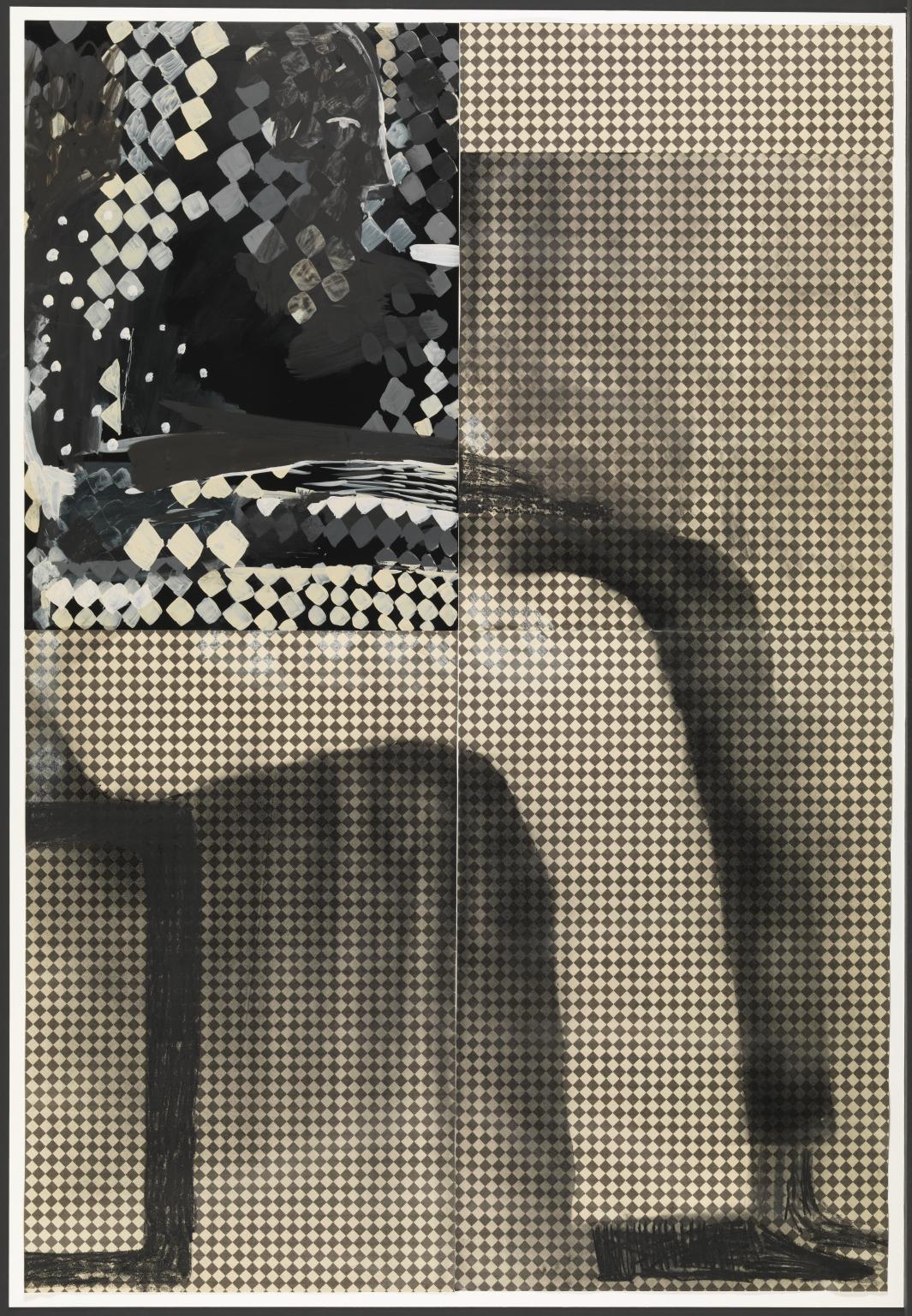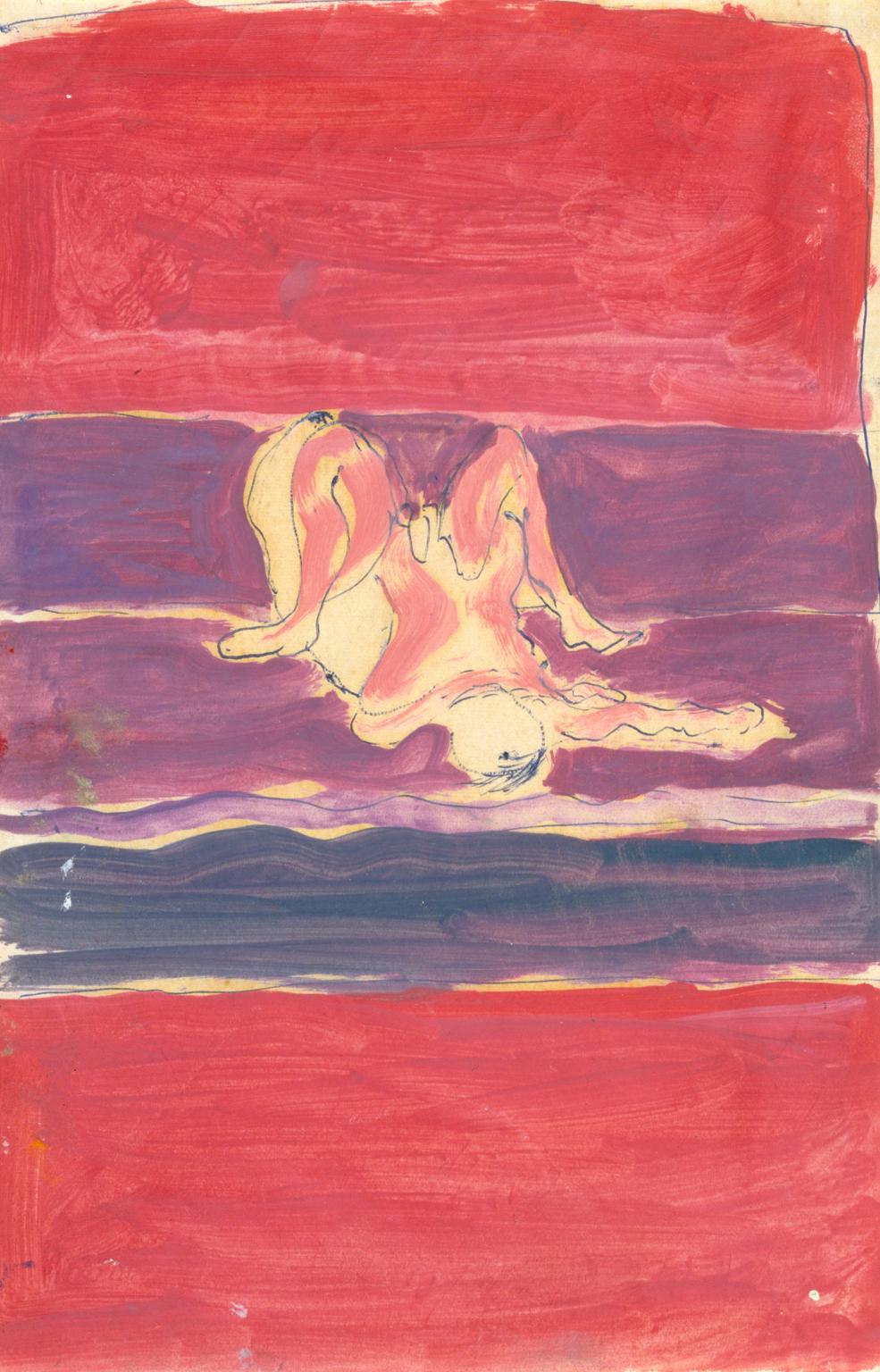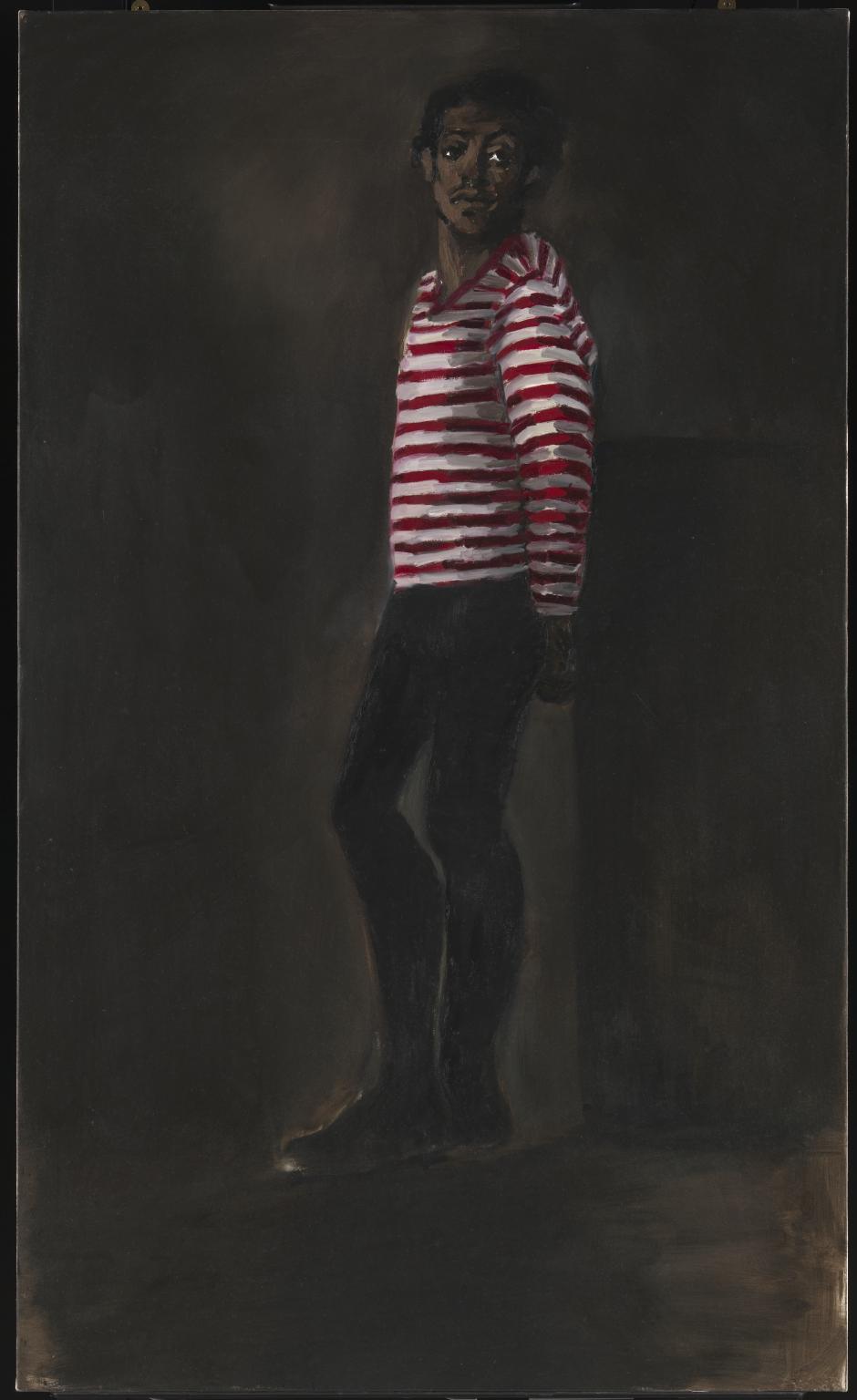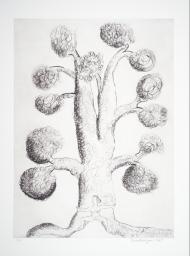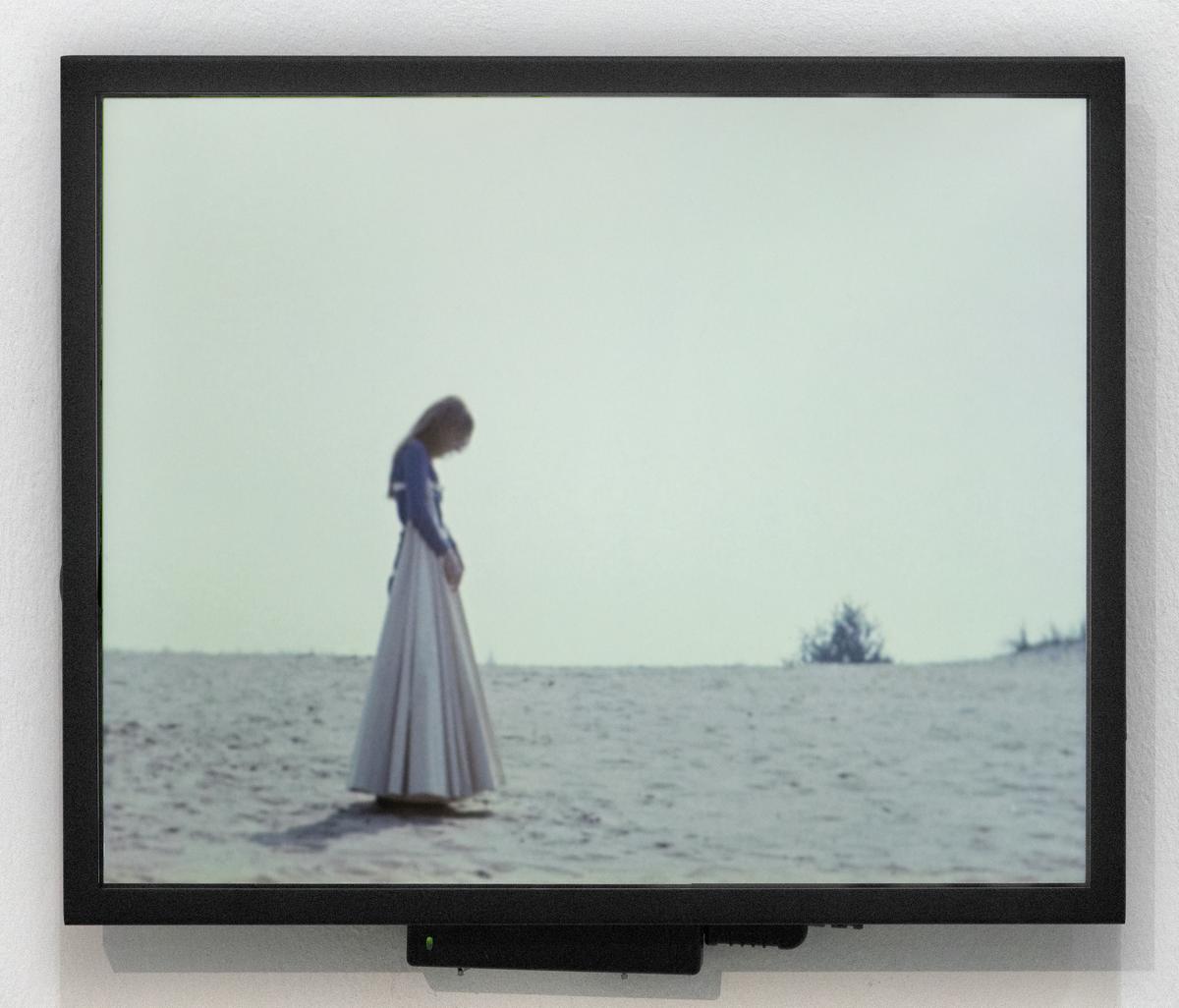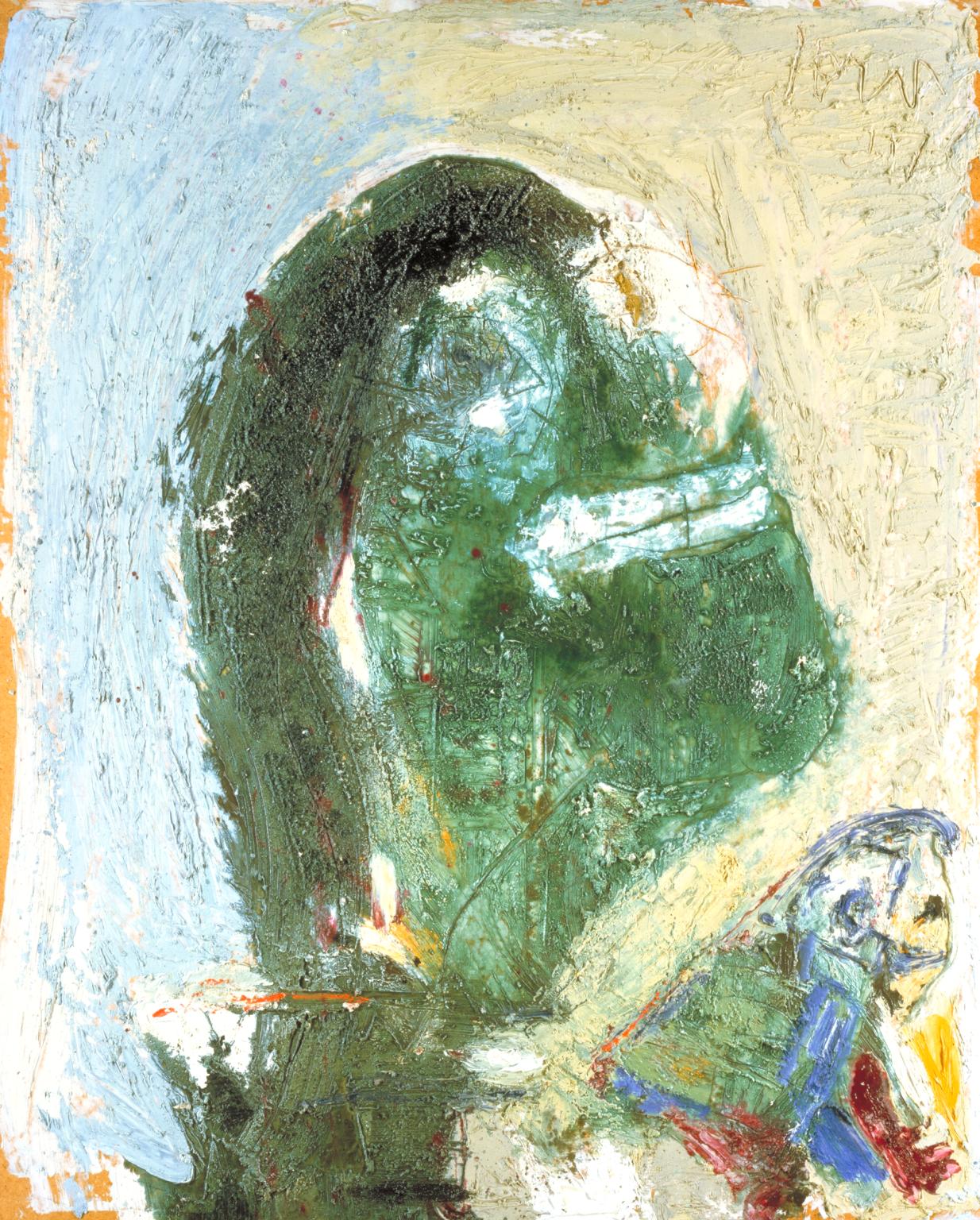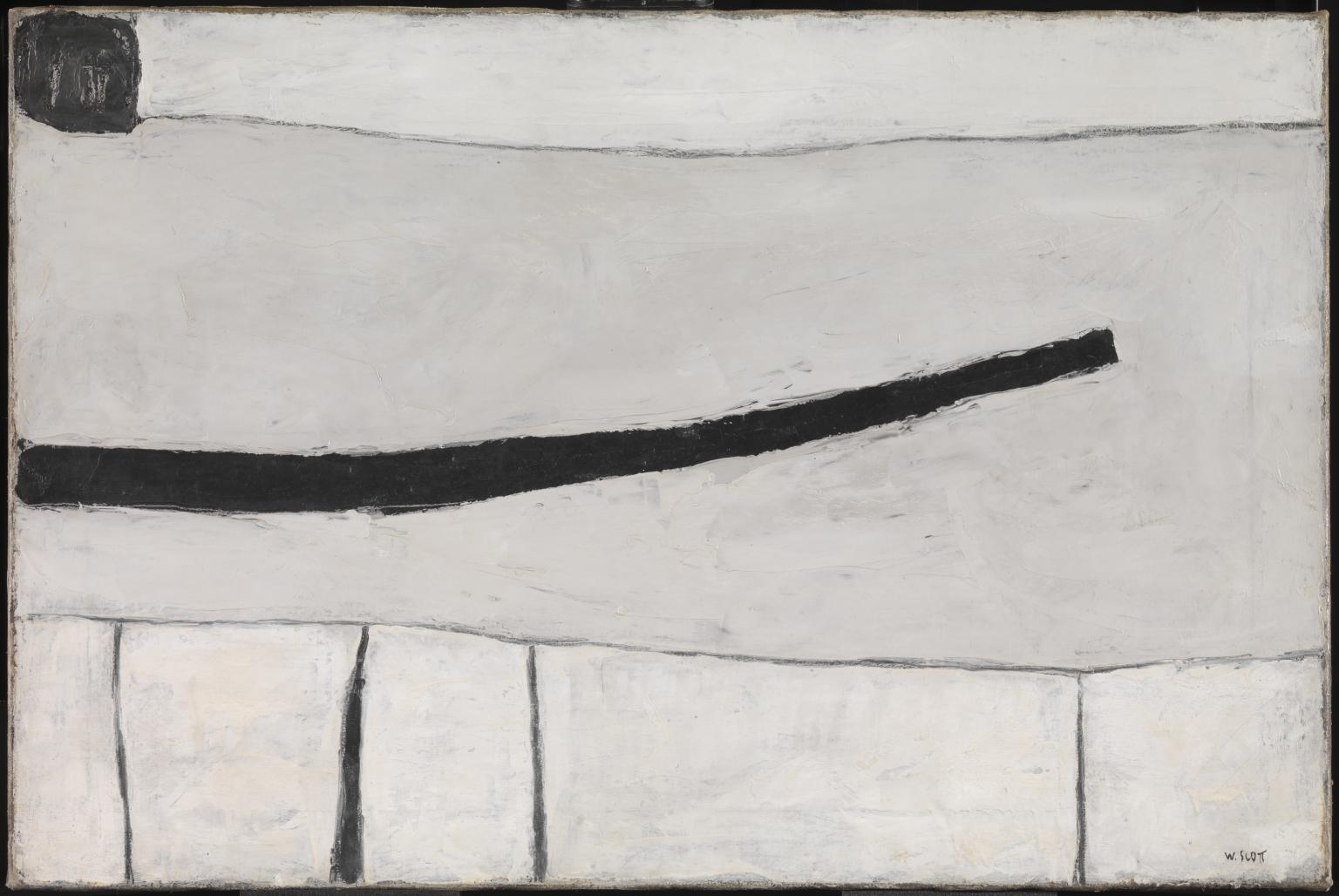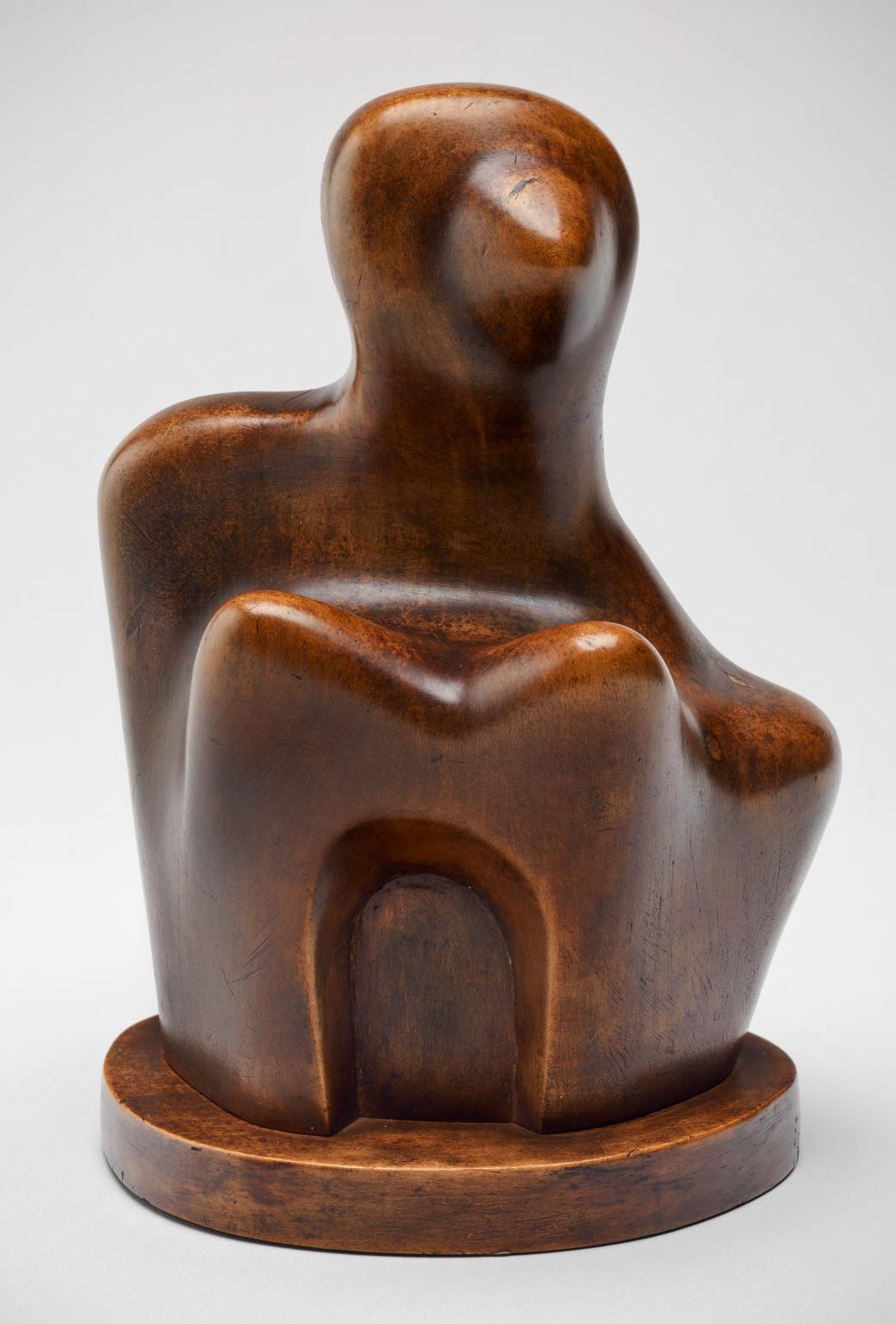4 rooms in Modern Conversations
Consider what it means to inhabit a human body in the twentieth and twenty-first centuries
Human Bodies are a site for both shared understanding and profound prejudice. They are often discriminated by race, gender, ability, age, and appearance. A vehicle for identity or perceptions of status, bodies and their image are increasingly politicised.
Artists in this room unfold what it is to inhabit a human body in the modern era. Expanding from Barbara Hepworth's ideas of the physical and sensory self, these artistic bodies reveal the social and political circumstances of their living. Artists document and reclaim suppressed rights or identities through photography, video, or performance. Some evoke the body through suggestions of touch and sensation. Many challenge the narrow representations of the body from the viewpoint of the privileged white male, which dominated twentieth-century Western art. Overturning bias and inequity is an artistic legacy that is debated and progressed in the twenty-first century. Contemporary artists continue to employ and invoke the body as a mediator between real-life experience and creative expression.
Barbara Hepworth
I rarely draw what I see – I draw what I feel in my body.
Barbara Hepworth remains one of Britain's most celebrated modern sculptors. Her monumental works endure in prominent public spaces, including in St Ives, London and New York.
In an era when female experience was often overlooked, Hepworth was one of few women voices to gain exposure in Western art. She united the internal and external experience of being a modern woman, in sculptural space and form. Confronting the objectification of the female figure, her abstract drawings and sculptures explore philosophical ideas about being human. Hepworth's work still resonates with how we perceive and understand the body, and how it is shaped through personal, cultural, and political relationships.
Tate St Ives
Level 3
Ongoing
Entry to both the display and the gallery is free for Tate Members, Locals' Pass holders and under 18s.
Become a memberArt in this room
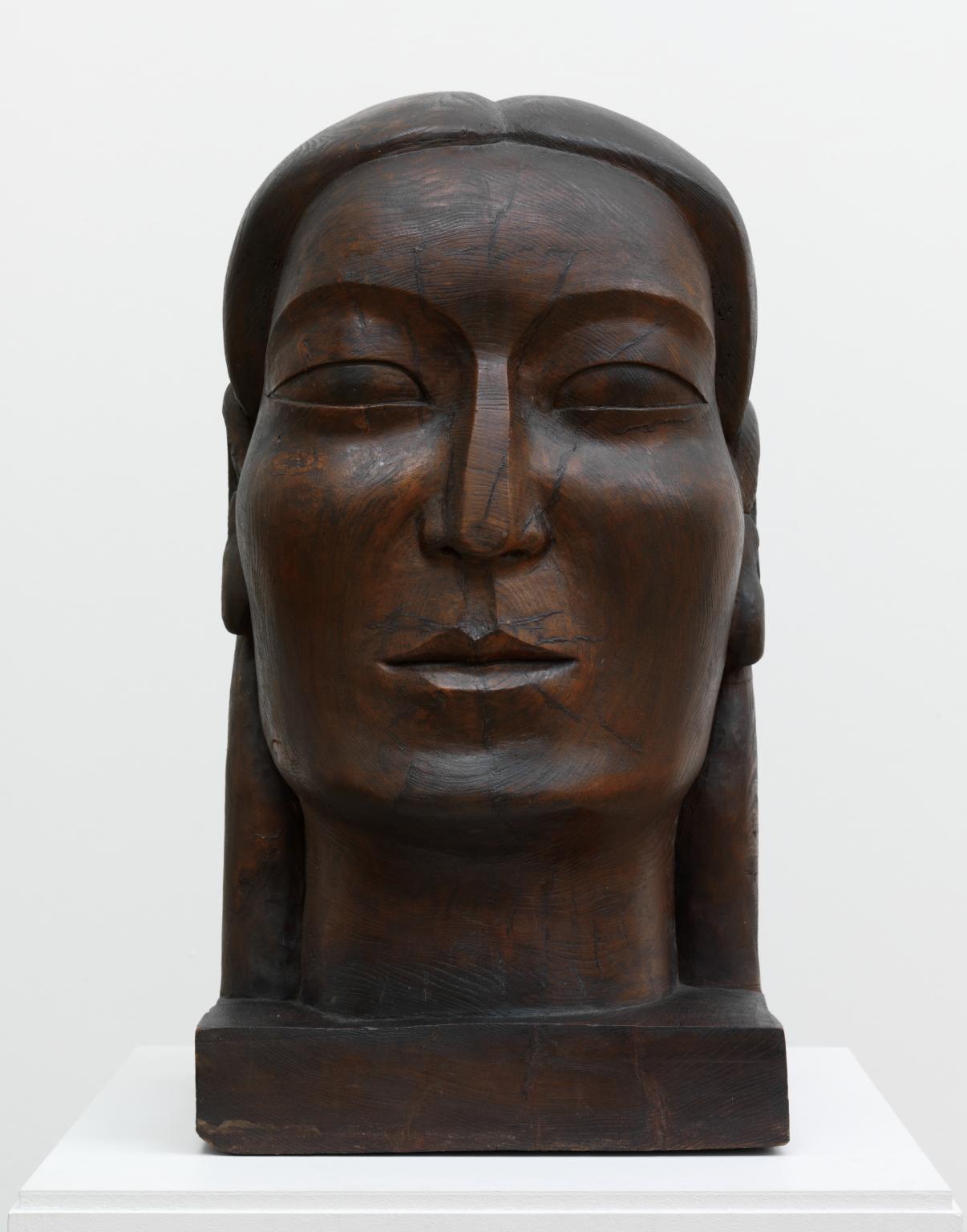
![T07354: Sketch [Reclining Figure, No. 2]](https://media.tate.org.uk/art/images/work/T/T07/T07354_10.jpg)
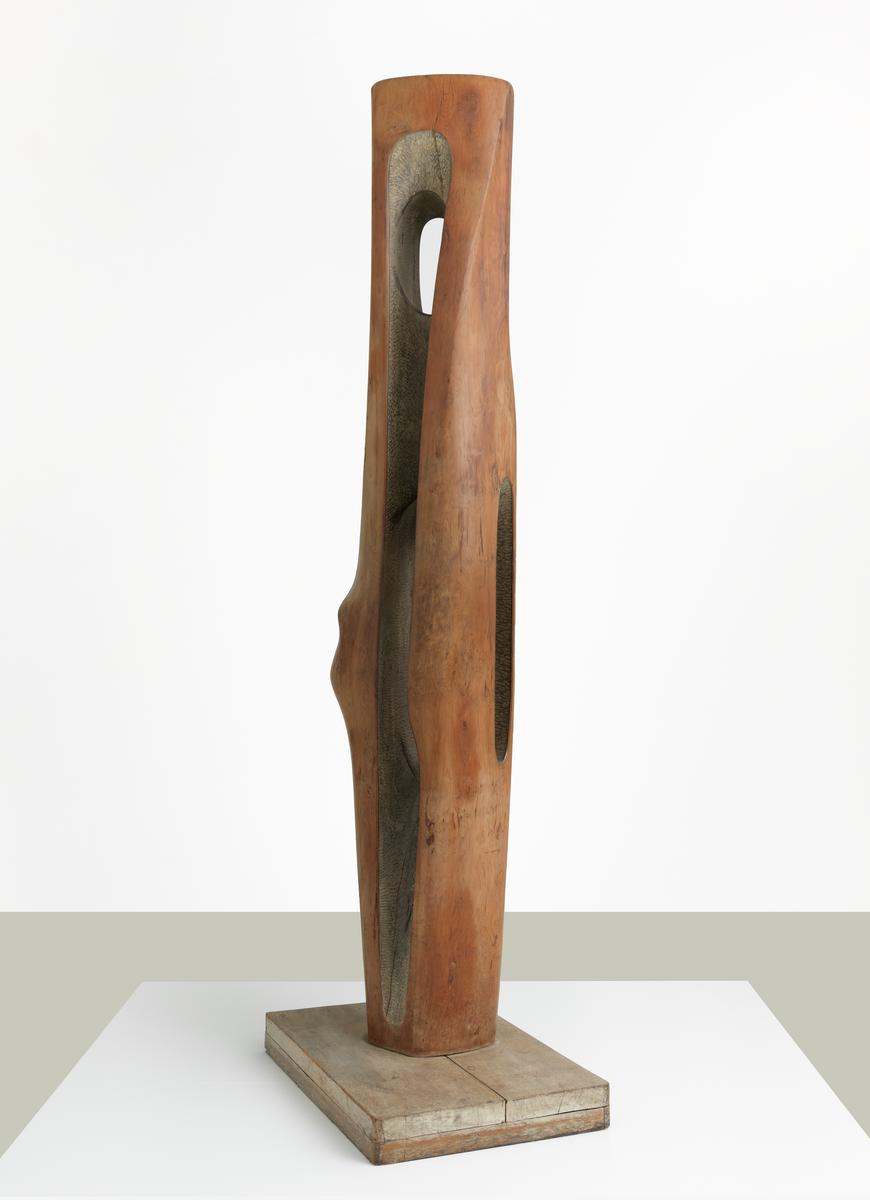
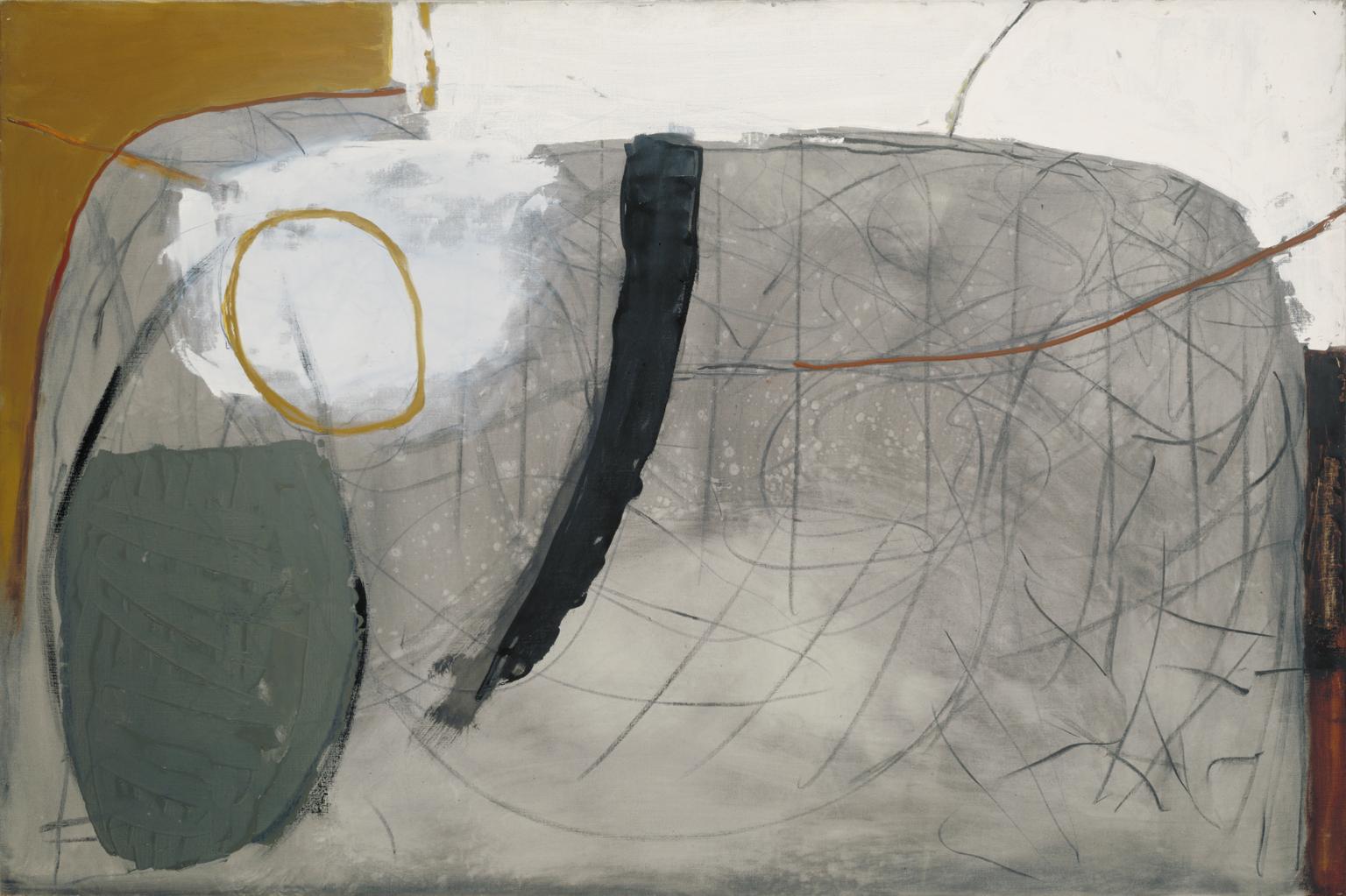
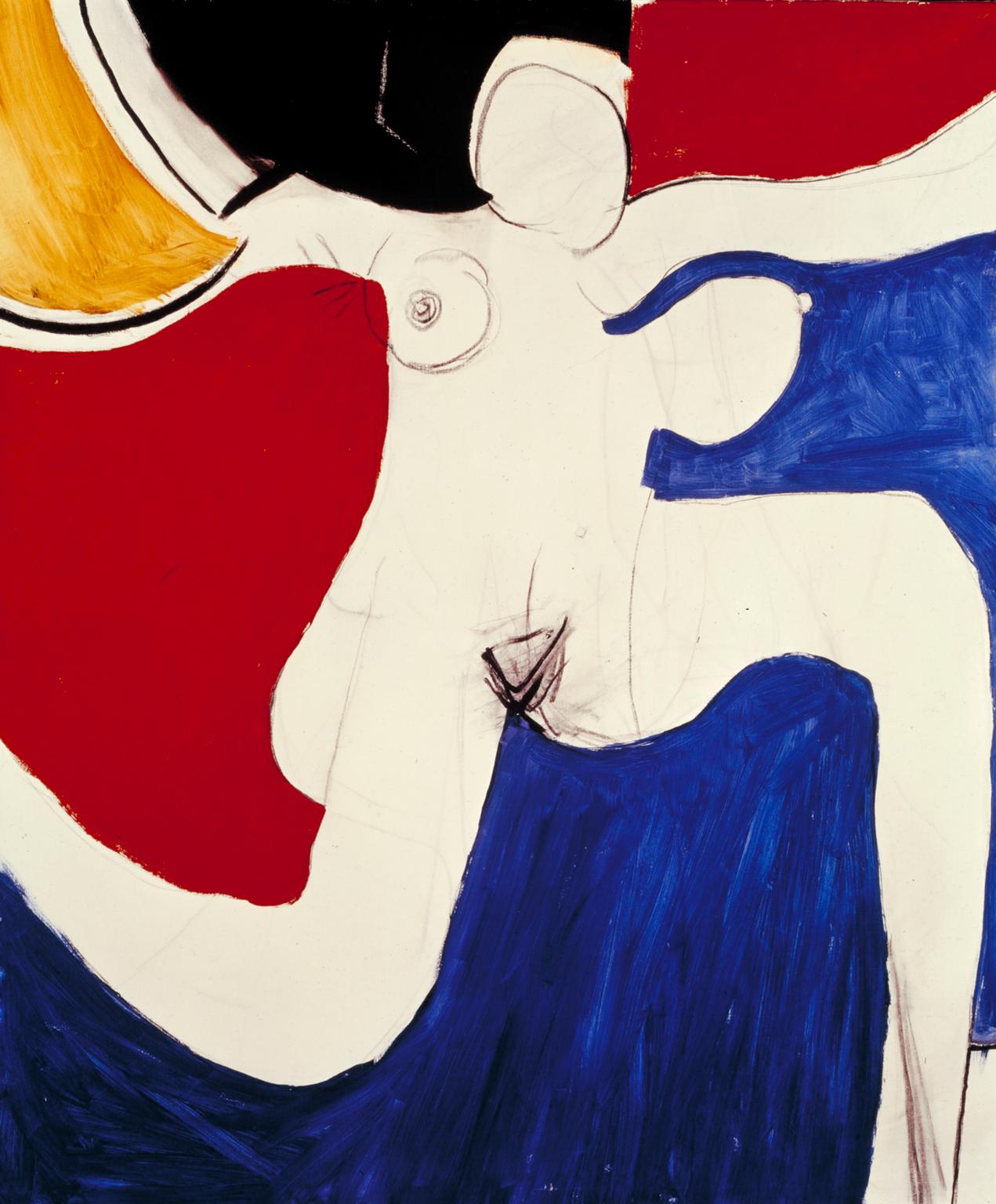
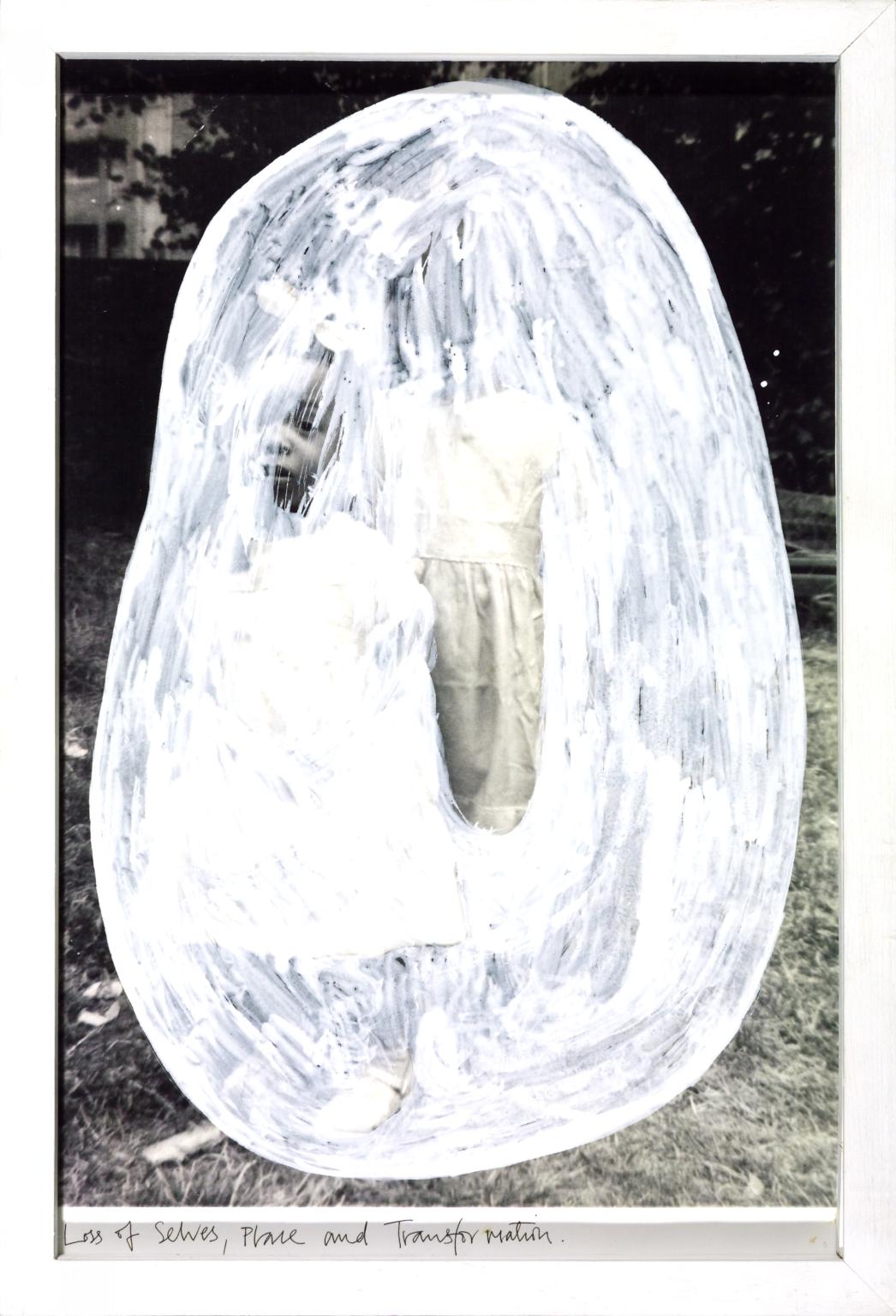
You've viewed 6/19 artworks
You've viewed 19/19 artworks


